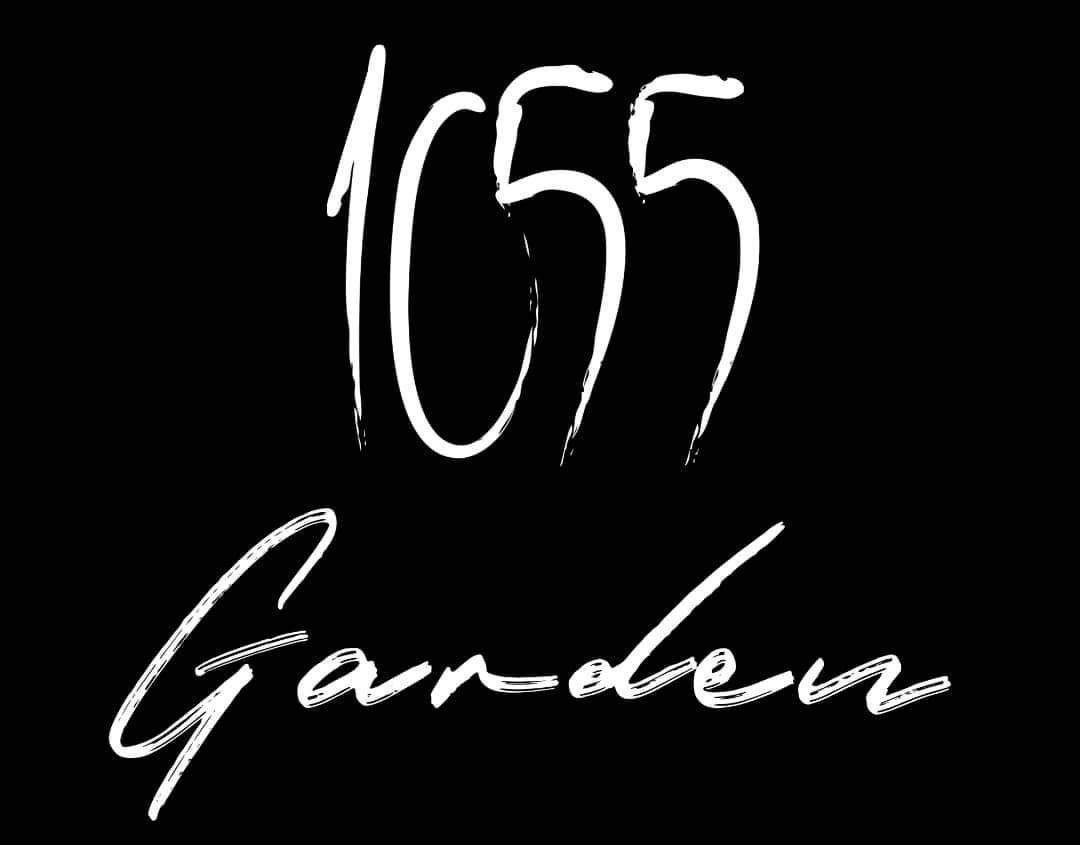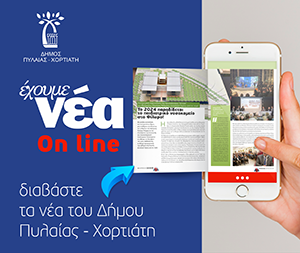Επιμέλεια: Εύα Πετροπούλου Λιανού
The Development and Diversity of the English Classical and Victorian Novel
The word “novel” is derived from the Italian word “novella (storia),” which means “new stories.” Its origin can also be traced to the French language, where it is denoted as “nuvele.” Since English is a mixture of French, Roman, and Greek words, many terms in the English language are borrowed from these classical tongues. The novel in England began to flourish in the late 18th century. Although it is regarded as the fourth dynamic genre of English literature, alongside poetry, drama, and prose fiction, it gained significant popularity after poetry and drama. Since the late 18th century, the novel has been celebrated as a major literary form. Different types of novels emerged during this period, particularly in Classical, Victorian, and Modern literature. These time periods showcased various developments in the genre, with four prominent features of the novel gaining recognition. The 18th-century novel marked the beginnings of English novel writing. This era introduced the pioneers of the English novel, often referred to as the “big guns” of the genre. Key figures include Samuel Richardson, Henry Fielding (often regarded as the father of the English novel), Laurence Sterne, Oliver Goldsmith, and Tobias Smollett. These novelists were the initiators of the English novel, laying its foundation. The popular form they introduced was the picaresque novel, which continues to captivate readers to this day. Its appeal is evident from its frequent discussion in literary debates, as I personally experienced during my PPSC interview, where I was asked about the basics of Classical Novels. Reflecting on this, I realized the profound importance of the 18th-century novel.
The 18th century saw the rise of several prominent novelists. These include Daniel Defoe, Samuel Richardson, Henry Fielding, Laurence Sterne, Oliver Goldsmith, and Tobias Smollett. Daniel Defoe (1661-1731) is often regarded as the originator of the English novel. His masterpiece, Robinson Crusoe (published on April 25, 1719), is based on the experiences of Alexander Selkirk, who spent five years in solitude on the island of Juan Fernández. Defoe also wrote two other notable novels: Captain Singleton (1720) and Moll Flanders (1722). His works exemplify the picaresque novel, showcasing a protagonist navigating various adventures to survive.Samuel Richardson (1689-1761) is a central figure in early English novels. His masterpiece, Pamela (1740), introduced Clarissa, a heroine who remains vivid in readers’ imaginations. His other significant works include The History of a Young Lady (1748) and Sir Charles Grandison (1754). Richardson’s writings are often described as didactic. Dr. Samuel Johnson commented, “Richardson enlarged the knowledge of human nature and taught the passions to move at the command of virtue.” He also added, “Richardson touches humans within.”
Henry Fielding (1707-1754), often referred to as the father of the English novel, made significant contributions, including Tom Jones (1749), a hallmark of picaresque literature that explores human nature with humor and insight. Laurence Sterne (1713-1768), known for his unique narrative style, wrote Tristram Shandy (1759-1767), which remains a landmark in the history of English fiction. Oliver Goldsmith (1728-1774) wrote The Vicar of Wakefield (1766), celebrated for its warmth, simplicity, and moral overtones. Tobias Smollett (1721-1771) produced works such as The Adventures of Roderick Random (1748) and The Adventures of Peregrine Pickle (1751), reflecting the picaresque tradition and offering sharp social commentary.The picaresque novel, a defining feature of this period, revolves around a central character who moves from place to place and navigates various social settings, recounting their adventures and struggles for survival. These early novelists not only shaped the English novel but also laid the groundwork for its evolution into a dominant literary genre.
Tobias Smollett (1721-1771) is known as the originator of humorous novels, a form brought to its climax by Charles Dickens, a Victorian novelist, through his satirical and hearty caricatures. Smollett’s notable works include Roderick Random (1748), Peregrine Pickle (1751), and his final novel, Humphry Clinker (1771). These works often follow the picaresque tradition, featuring exaggerated and eccentric characters. Laurence Sterne (1713-1768), in contrast to Smollett, brought sentimentality to his fiction. His two significant novels are Tristram Shandy (1759-1767) and Uncle Toby and Corporal Trim. Sterne’s writing is known for its emotional depth, as he famously remarked, “Whenever I make my readers smile, I hope there is a suspicion of a tear as well.”Henry Fielding (1707-1754), often referred to as the father of the English novel, was the first to provide a genuine portrayal of the men and women of his age without moralizing their vices and virtues. His notable works include Joseph Andrews (1742), Jonathan Wild (a typical picaresque novel), The History of Tom Jones, a Foundling (1749), which has been compared to Ben Jonson’s play The Alchemist, and Amelia (1751). Oliver Goldsmith (1728-1774) is the last major figure among the builders of the 18th-century novel. He authored only one novel, The Vicar of Wakefield (1766), which is celebrated for its portrayal of domestic life and high moral principles within English society.
Summing up the development of the English novel, we can say that the genre evolved from humble beginnings into a fully developed literary form. Daniel Defoe gave the novel a realistic touch, Samuel Richardson explored the human heart, Tobias Smollett introduced humor and eccentricity, Laurence Sterne infused sentimentality, Henry Fielding imbued it with vitality and vigor, and Oliver Goldsmith focused on the purity and principles of domestic life.
The Romantic Age introduced the Romantic Novel, the most popular form of the genre during this period. Jane Austen, considered the pioneer of the Romantic Novel, crafted works that, while belonging to the Romantic Age, explores the facts of love and marriage. In the Victorian Era, the novel reached its zenith, becoming an essential part of English culture. This era was marked by a fascination with novel reading and a celebration of rural landscapes in British society. It gave rise to some of the greatest Victorian artists, including Charles Dickens, George Eliot (Mary Ann Evans), George Meredith, Thomas Hardy, and Anthony Trollope. Their works remain timeless, with Dickens’ A Tale of Two Cities capturing the spirit of the French Revolution, Eliot’s Adam Bede depicting the eternal beauty of rural England, and Hardy’s The Return of the Native vividly portraying Egdon Heath. These novelists profoundly influenced readers, drawing them into the endless river of thought.
Several distinct types of novels have emerged over time, each reflecting the evolution of the genre. The Allegorical Novel, derived from the Greek word “Allegoria,” conveys both literal and symbolic meanings. Notable examples include Ernest Hemingway’s The Old Man and the Sea, Jonathan Swift’s Gulliver’s Travels, George Orwell’s Animal Farm, and William Golding’s Lord of the Flies. The Gothic Novel, originating in the 18th century, features elements of terror, mystery, the supernatural, and Gothic architecture. It often revolves around decaying castles, death, madness, and darkness. Edgar Allan Poe, a prominent American writer, exemplifies Gothic literature. The Historical Novel situates its narrative in specific historical periods, highlighting key events. Examples include Ahmed Ali’s Twilight in Delhi (1940), Dickens’ A Tale of Two Cities (1789), and Leo Tolstoy’s War and Peace. The Naturalistic Novel explores the impact of the environment on human behavior. Thomas Hardy’s The Return of the Native (1878) and Tess of the d’Urbervilles (1891) are notable works in this genre. The Picaresque Novel, an early form of the genre, features episodic adventures of a roguish protagonist. Examples include Thomas Nashe’s The Unfortunate Traveler (1594) and Daniel Defoe’s Robinson Crusoe.
The Regional Novel emphasizes the influence of a specific locale on characters and events. Thomas Hardy’s works, set in the fictional region of Wessex, are classic examples, particularly The Return of the Native. The Realistic Novel focuses on the truthful representation of real-life characters and experiences. George Eliot’s The Mill on the Floss and Adam Bede exemplify this genre. The Social Novel, or the “social problem novel,” dramatizes societal issues such as gender, race, and class prejudice. Dickens’ Hard Times and Tolstoy’s War and Peace are significant examples. Science Fiction combines literary fantasy with scientific discovery, imagining futuristic or utopian worlds. H.G. Wells’ The Time Machine (1895) is a pioneering work of modern science fiction. The Sentimental Novel, popular in the 18th century, evokes deep emotional responses. Laurence Sterne’s Tristram Shandy (1759-1767), Oliver Goldsmith’s The Vicar of Wakefield (1766), and Samuel Richardson’s Pamela (1740) are significant works in this genre. The Epistolary Novel, derived from the Latin word “epistola” meaning “letter,” is presented as a series of documents, such as letters or diary entries. Bram Stoker’s Dracula is a notable 19th-century example.
Fiction is a sub-form of prose literature, describing imaginary events and people. It encompasses creative writing, imaginative narratives, and storytelling in various genres such as mysteries, science fiction, romance, fantasy, crime thrillers, and more. Flash fiction refers to stories ranging from 53 to 1,000 words, shorter than novels, novellas, or short stories. The prominent elements of a novel include characters, setting (location), plot (arrangement of events), conflict, and resolution. The first famous novel in English literature is The Life and Strange Surprising Adventures of Robinson Crusoe of York, Mariner. A short story can typically be read in a single sitting, ranging from 3,500 to 7,500 words. A novelette ranges from 7,500 to 17,000 words, while a novella extends from 17,000 to 40,000 words. Novels exceed 40,000 words and can vary greatly in length without a definitive upper limit. Non-fiction, by contrast, refers to literature based on factual events and information.
MUHAMMAD ADNAN GUJJAR
Muhammad Adnan Gujjar is a full-time lecturer in the Department of English Language and Literature at the University of Chenab, Gujrat. He is a poet, columnist, and the founder of a literary magazine, The Wordsmith E-Magazine. Currently, he is working on the 4th edition of the magazine.

































